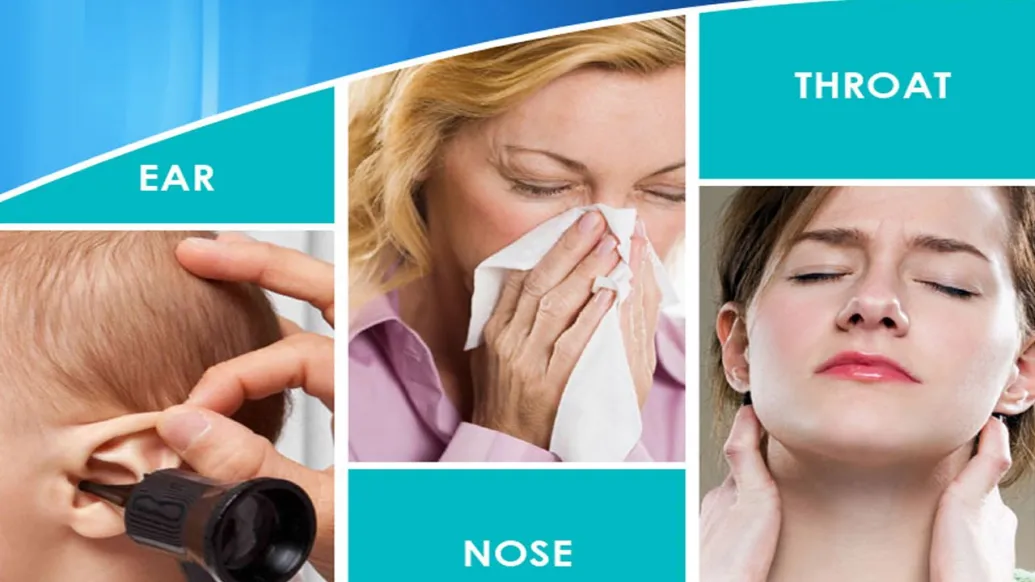Tue, Jan 23, 2024
Read in 4 minutes

Causes of Ear Infections in Children
Ear infections can be very distressing for children as they can cause earache, balance problems and hearing loss. In most cases, the symptoms will clear up quickly with no lasting damage, but sometimes they can last longer than expected or keep coming back.
Why Are Ear Infections in Children So Common?
One reason why ear infections can be persistent in children is that they are simply more likely to get ear infections than adults. Approximately 5 out of every 6 children will have at least one ear infection before the age of three and they are one of the most common reasons for children visiting the doctor.
Ear infections can be very unusual for many adults, so you might be surprised that your child complains of earache frequently. Even if your child is only getting ear infections a few times a year, this can seem like a lot when you never have the same symptoms yourself.
Ear infection in children can be more common because their immune systems aren’t fully developed yet, so they are more vulnerable to infections that wouldn’t affect an adult. The adenoid glands in the throat are often very active during infections, and they can sometimes trap bacteria that then passes through the Eustachian tubes into the middle ear to cause an ear infection.
The effects of ear infection in children can also be stronger because their Eustachian tubes are smaller and less slanted than an adults. It can be harder for fluid to drain out of the middle ear, especially when more is being produced because of an infection. The Eustachian tubes are more likely to get blocked, meaning that ear infections can be more severe and persistent.
Chronic Ear Infection in Children
However, some children seem to get ear infections a lot more often than others. The infections might last for longer or reappear very quickly. Sometimes the same infection persists, without responding to the normal treatments.
The most likely cause of persistent ear infection in children is chronic otitis media. Persistent ear problems in children often happen because there is a build-up of fluid in the inner ear. The Eustachian tube isn’t draining this fluid properly. This often happens because there is an infection that isn’t responding to normal treatments. Fluid can also remain in the middle ear or keep coming back after the infection has gone, which means that the symptoms will persist.
Symptoms of ear pain in children include:
• A loss of appetite. Appetite changes are common in children suffering from an earache as the pressure inside the middle ear fluctuates when you swallow, causing an increase in pain.
• Fever. Earaches caused by infection are often accompanied by a fever of up to 104 degrees Fahrenheit.
• Drainage. As the fluid builds up inside the ear canal, it may begin to drain from the ears. . If you experience discolored drainage, seek medical care as it may indicate the eardrum has ruptured.
• Mood changes. Increased irritability is common among children experiencing earaches as the frequent pain can be draining.
• Difficulty sleeping. The pain from an earache worsens when lying horizontally as the pressure increases upon postural changes.
• Hearing problems. The middle ear is home to small bones and nerves responsible for sending electrical signals to the brain to transmit sounds. When there is a blockage in the middle ear, it can cause hearing impairments.
• Others : increased irritability, crying more than normal for no obvious reason, pulling at their ears, fever, or changes in eating or sleeping habits as signs of an earache
Treatment Options for Earaches in Children
For parents who have tried at-home remedies without results, you may be wondering how to stop an earache in children that are suffering. When pain persists and over-the-counter medications do not provide relief, further treatment may be necessary from your primary care provider.
Earache treatment options depend on the source of the pain and may include:
• Ear cleaning. Your doctor may use a method known as ear lavage to flush the ear canal from any ear wax that has built up and cannot be easily removed. In addition, your doctor may use a suction catheter to remove hardened wax, allowing for a clear ear canal.
• Antibiotics. When an earache is caused by a bacterial infection, antibiotic treatment will help to rid the infection of the inner ear, Eustachian tube, and other parts of the ear canal. It is important to finish the entire course of antibiotic treatments rather than stopping once symptoms dissipate as this will lead to recurrent otitis media.
• Grommet Insertion. In cases of secretory Otitis media in children with failed medical management

